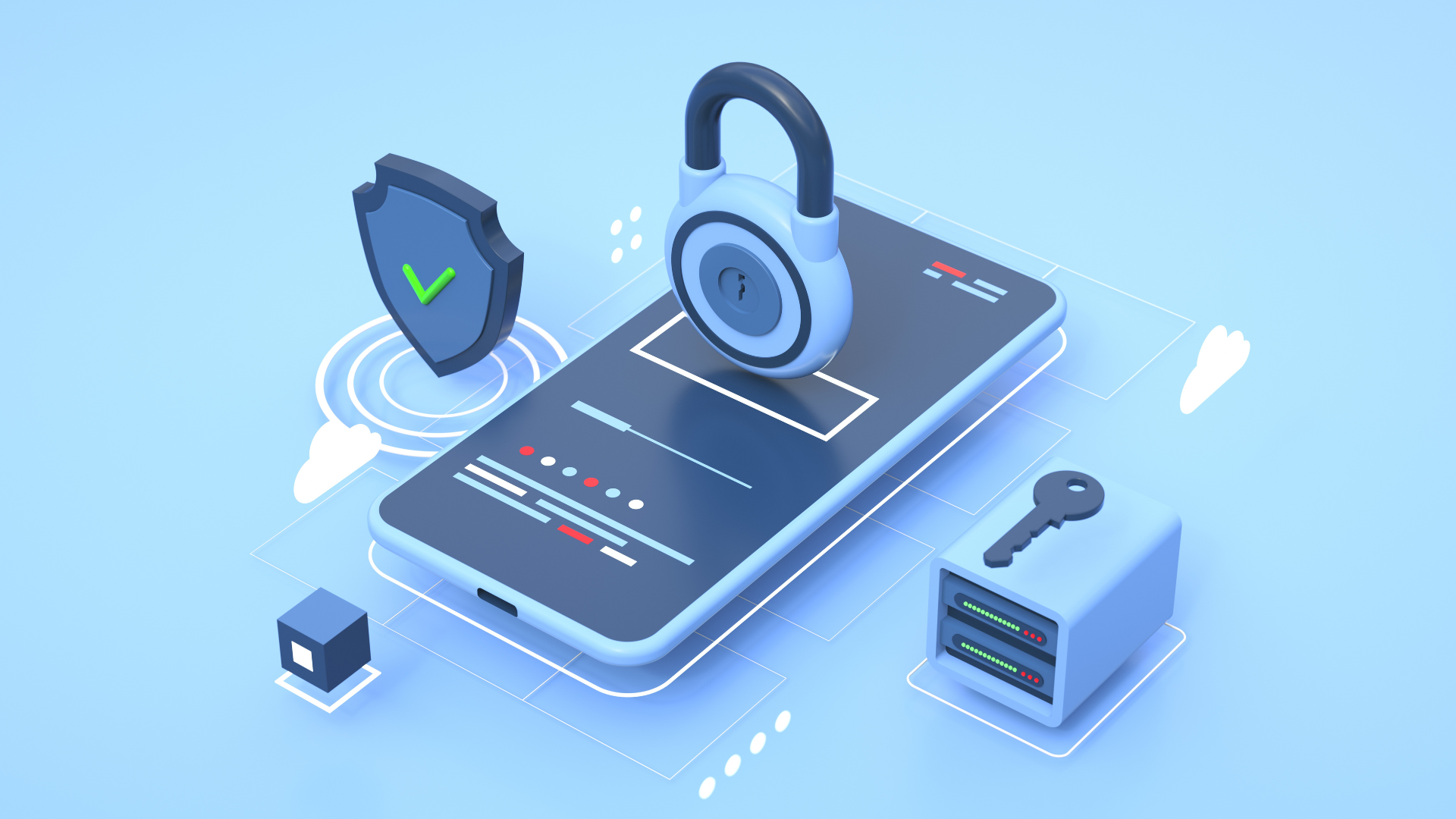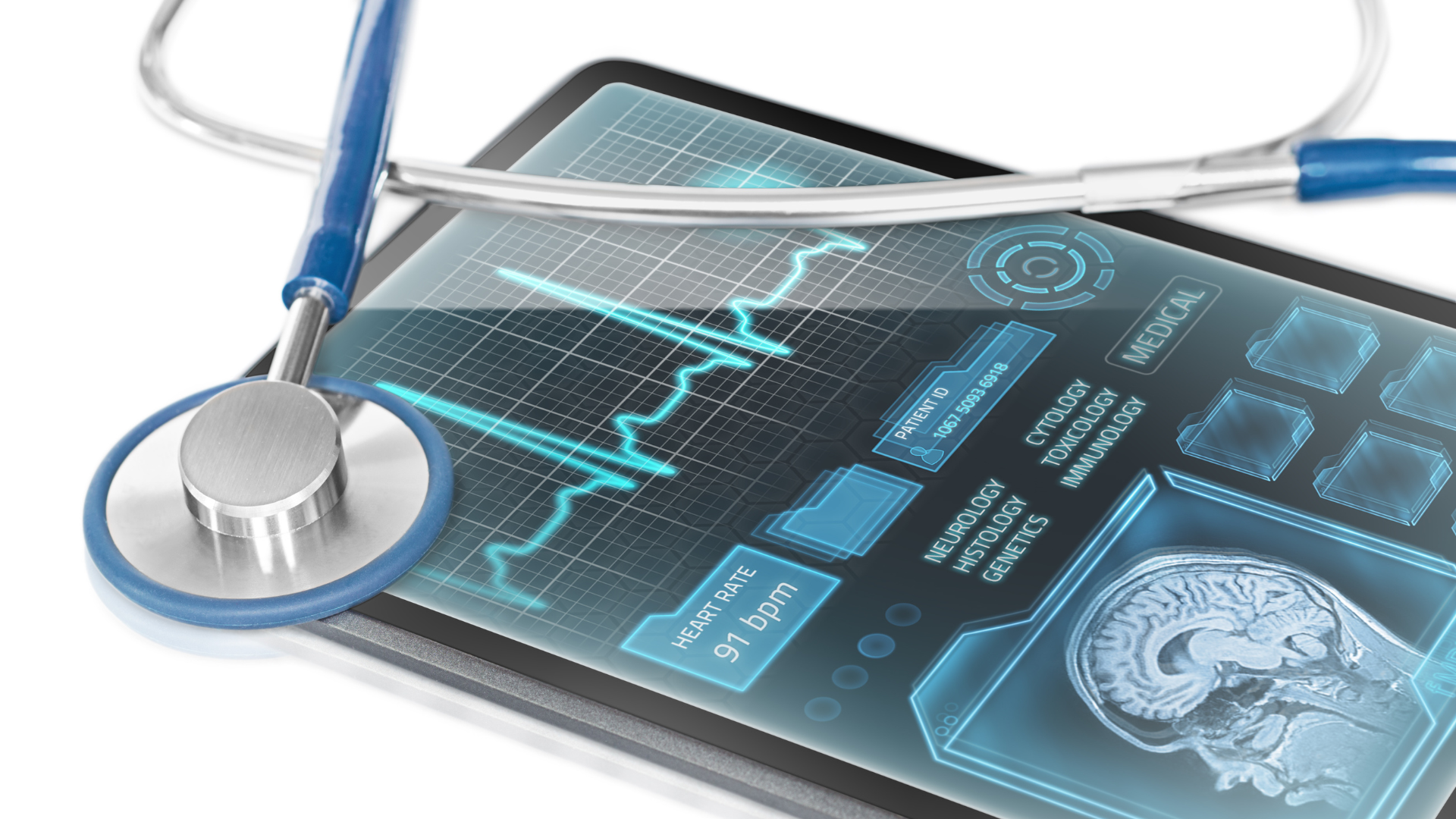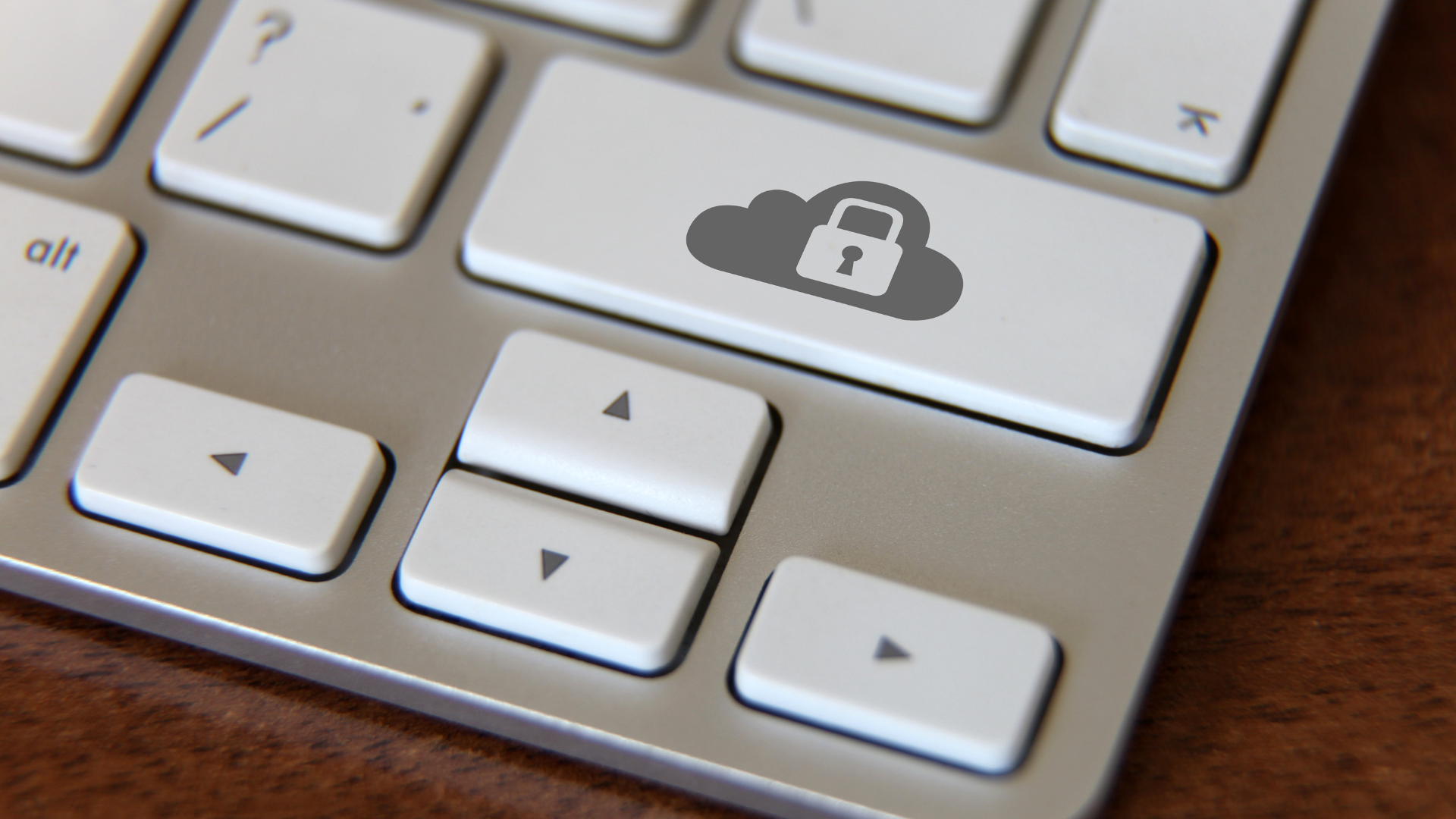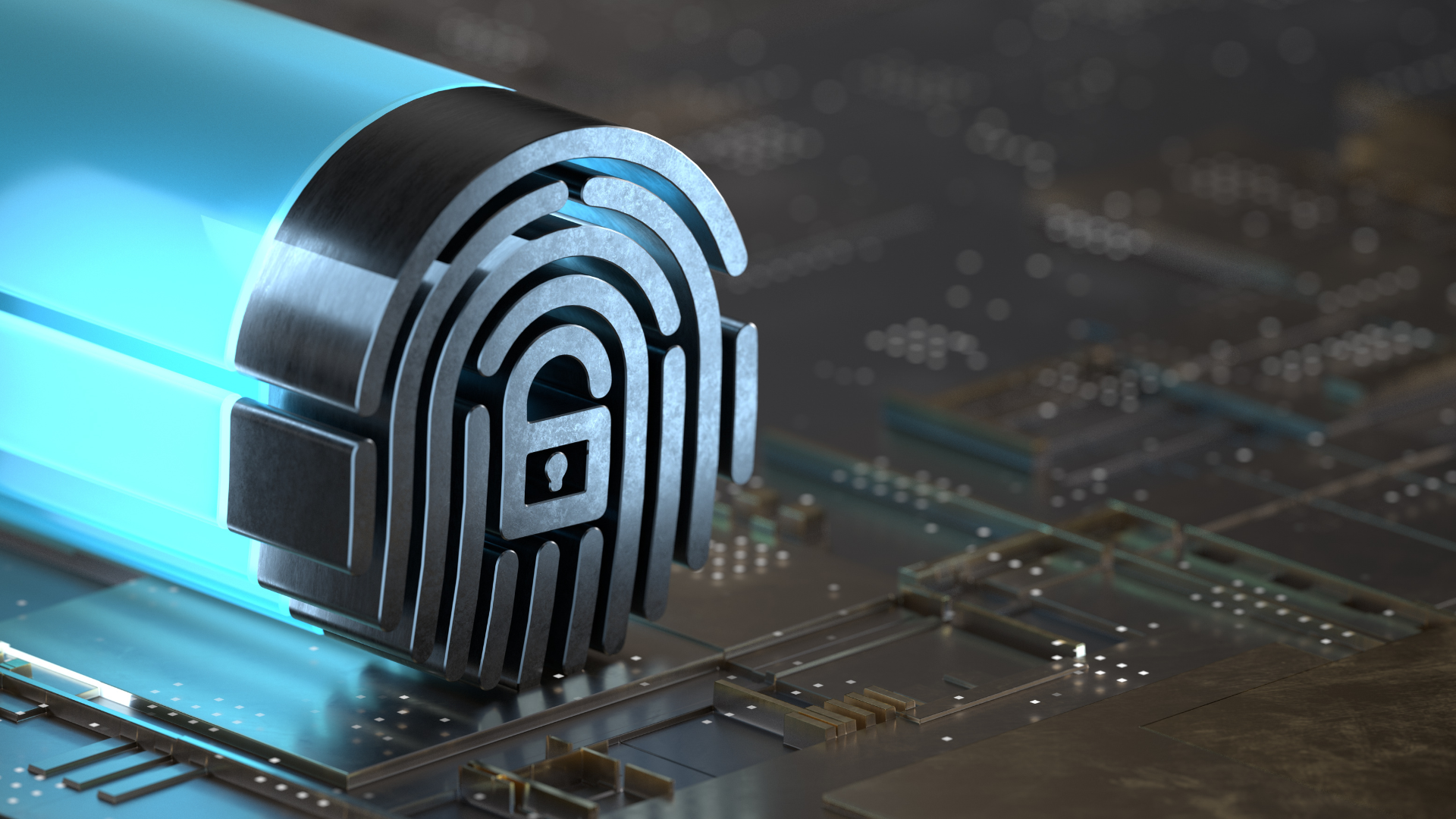Tech as the Answer to Healthcare Labor Shortages
The healthcare industry is among the fastest-growing job sectors in the U.S., predicted to grow at an expected growth rate of 14% until 2030. Likewise, it is also foreseen that supply cannot keep up with the demand – it is estimated that the patient population is aging fast with the number of Americans over the age of 65 expected to double by 2040; whereas the industry could be short by as high as 120,000 physicians by 2030.
The industry is in the midst of a shortage of healthcare workers. The numbers speak for themselves: with fewer primary care physicians and doctors, patients may have to rely on urgent care clinics, emergency rooms, and retail clinics, which often inflate the cost of care. Patients will no longer benefit from having one healthcare provider. Instead, they may have to see multiple care providers as they move from one facility to the next.
The labor shortage is not new and has been an ongoing concern in healthcare, and the non-stop pressure is further heightened by the recent pandemic. Healthcare staff are notorious to be overworked, weary, and exhausted in serving patients with 16- to 24-hour workdays with barely any breaks.
Healthcare workers are retiring and leaving the industry at a faster rate than anticipated, while demand continues to spike at new levels. In order to meet demand, the number of healthcare workers needs to scale fast in order to meet demand in the coming years.
There is no fast and easy solution to this problem, due to the extensive training and specific qualifications required. That is why providers cannot simply hire new medical workers “off the street” – but can they do so virtually?
The Rise of Telehealth and Virtual Care
Recent technological advancements such as telehealth can address staffing issues by administering care remotely and virtually. Technology can also help reduce the amount of time nurses and other healthcare providers need to spend with their patients, so they can be more efficient in completing their rounds.
Prior to the pandemic, the telemedicine offerings were often seen as ‘nice-to-have’ but not a necessity. However, COVID-19 has jolted the industry to act fast and stay relevant. As the old adage says, ‘Necessity is the mother of invention’ – in this case, what does one do when face-to-face consultation is, in many cases, not available? This is how the entire industry was forced to look into and prioritize Telehealth, Telemedicine, and Virtual Care.
With digital health tools, nurses can quickly educate their patients efficiently and effectively instead of spending about 10% of their time educating patients about their diagnoses and treatment recommendations.
Virtual care also means that some patients may no longer be required to be physically transported, which is convenient for communities away from urban and metropolitan areas.
While not all patients or illnesses can be treated remotely, it has uses for helping scale efficiently without compromising the quality of care. Leveraging technology can optimize physicians’, nurses’, and personnel’s time, in order to help increase patient appointments, reduce wait times, and offset the labor shortages in the workplace.
How Technology and Healthcare Go Hand in Hand
Technology won’t replace physical care – but it will boost its efficiency in many ways. It can relieve labor shortages and deliver the following benefits:
Simplify Clinical Processes
Daily processes and clinical routines can be automated and processes can be made less redundant, making administrative work easier for the staff. Some examples include electronic health records or EHR systems, digital health tools, cloud services, and data analysis to help organize and analyze patient data, which can significantly reduce time spent in inputting information into the system, generating reports, educating patients, and making clinical treatment recommendations.
Eliminate Geographic Limitations
There will now be a wider pool of available specialists around the world. By having better access to a wider pool of healthcare providers, patients can consult physicians across the globe for a second opinion to make better and faster decisions.
It can also provide much-needed flexibility for physicians. Healthcare personnel can serve more patients from wherever with internet access. Nurses can do remote patient monitoring. All these systems are made sure to be HIPAA-compliant, especially when handling electronic patient information.
Maximize Utilization to Improve Quality of Care
Thanks to virtual care and digital healthcare tools, healthcare personnel now get to see more patients in less time, making the entire healthcare system efficient.
Providng care can also be done faster. Remote consultations can be scheduled sooner rather than later when waiting for an in-office visit. Physicians and staff can also consult colleagues and specialists quickly and easily.
Get HIPAA-Compliant Cloud Services With 24/7 Expert Support
Healthcare should pivot and work on restructuring their healthcare model. Healthcare facilities are now scrambling to boost the quality of their patient care through telehealth and technology. However, it’s not as simple as buying computers or turning an ON switch. It requires necessary training, compliance, and cybersecurity to build the ecosystem that supports the healthcare IT ecosystem.
Our experts at ER Tech Pros will walk you through the process from A to Z, including:
- 24/7 helpdesk and support
- Managing and securing your data in the cloud
- Cloud-based communications system
- Robust cybersecurity to prevent breaches
- HIPAA compliance
ER Tech Pros is a healthcare-focused managed service provider dedicated to keeping healthcare facilities’ IT systems running at peak performance. Give us a call today to see how your practice can implement tech solutions!
Search Articles
Healthcare & Tech Articles

ER Tech Pros is a managed service provider (MSP) that specializes in catering to the IT needs of businesses across the globe. We have offices in Sacramento and the Greater Fresno area.
We use our cutting-edge technology, extensive experience, and global team of technology experts to ensure your IT network is in its most secure and optimal state.
We focus on your IT so you can focus on growing your company.
8795 Folsom Blvd, Ste 205
Sacramento, CA 95826
1501 Howard Rd, Ste 2
Madera, CA 93637
(855) ER-TECH-1 / (855) 378-3241
info@ertech.io
Resources
Search this Site
ERTech Pros | All Rights Reserved.












